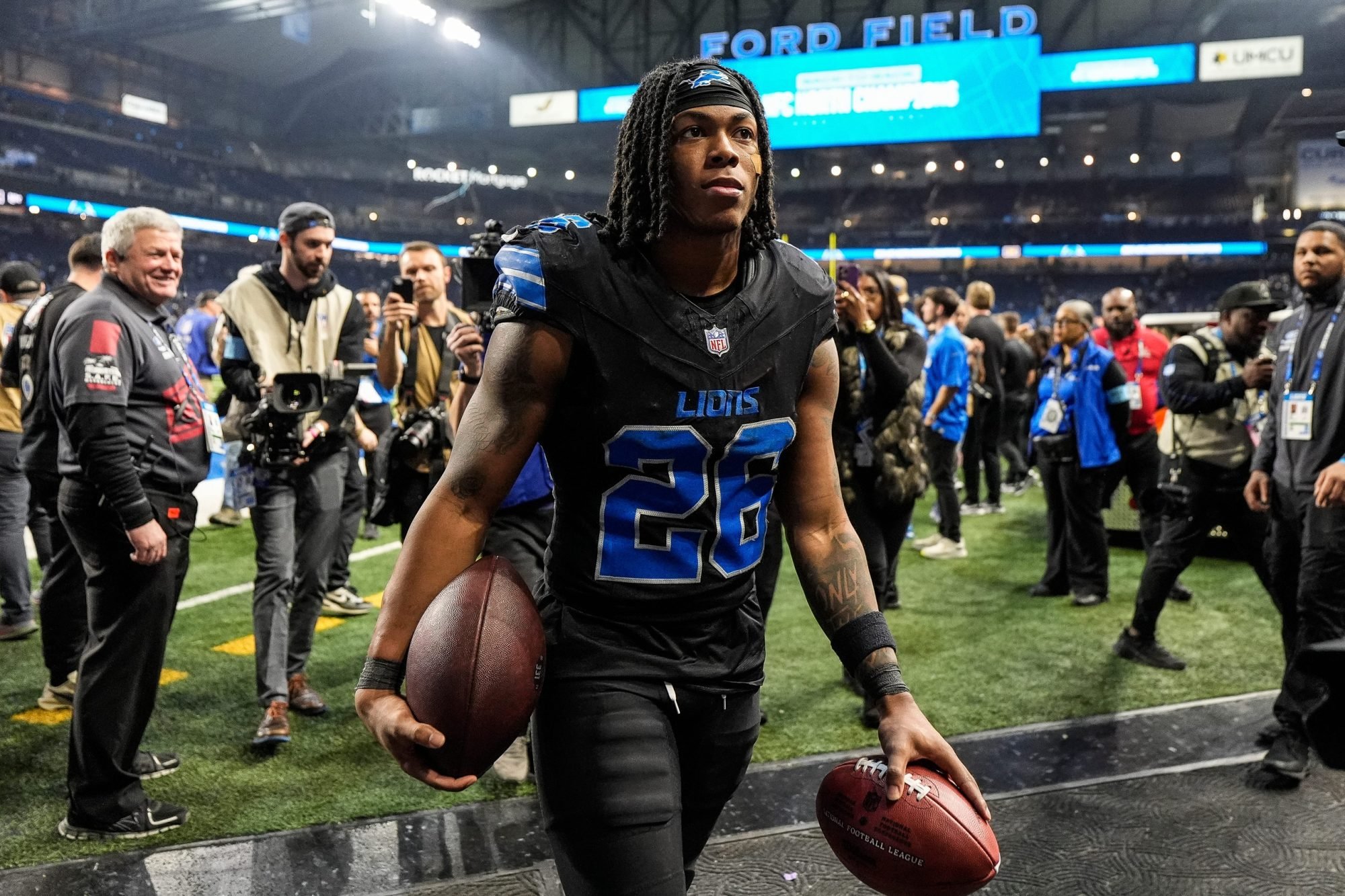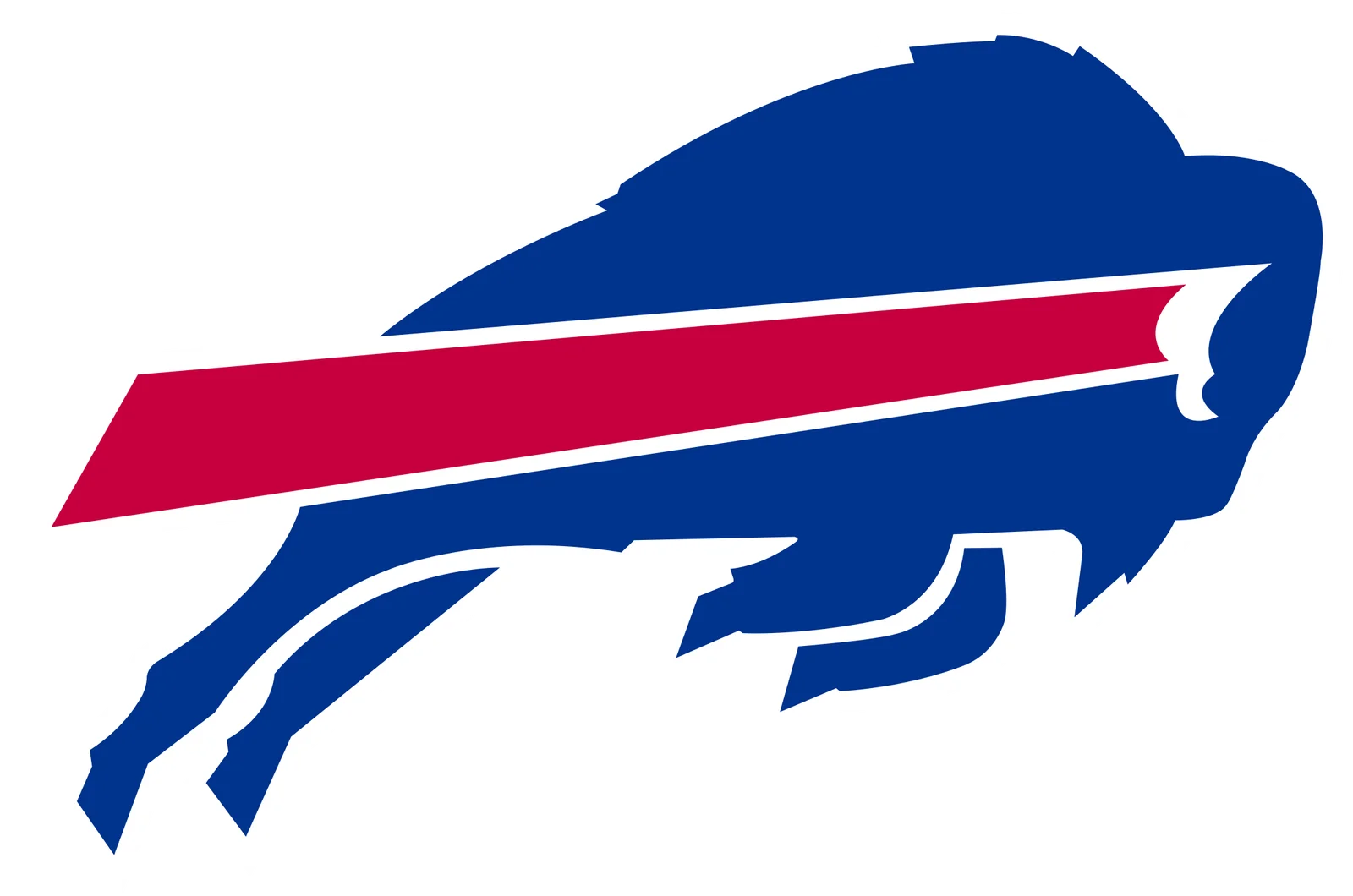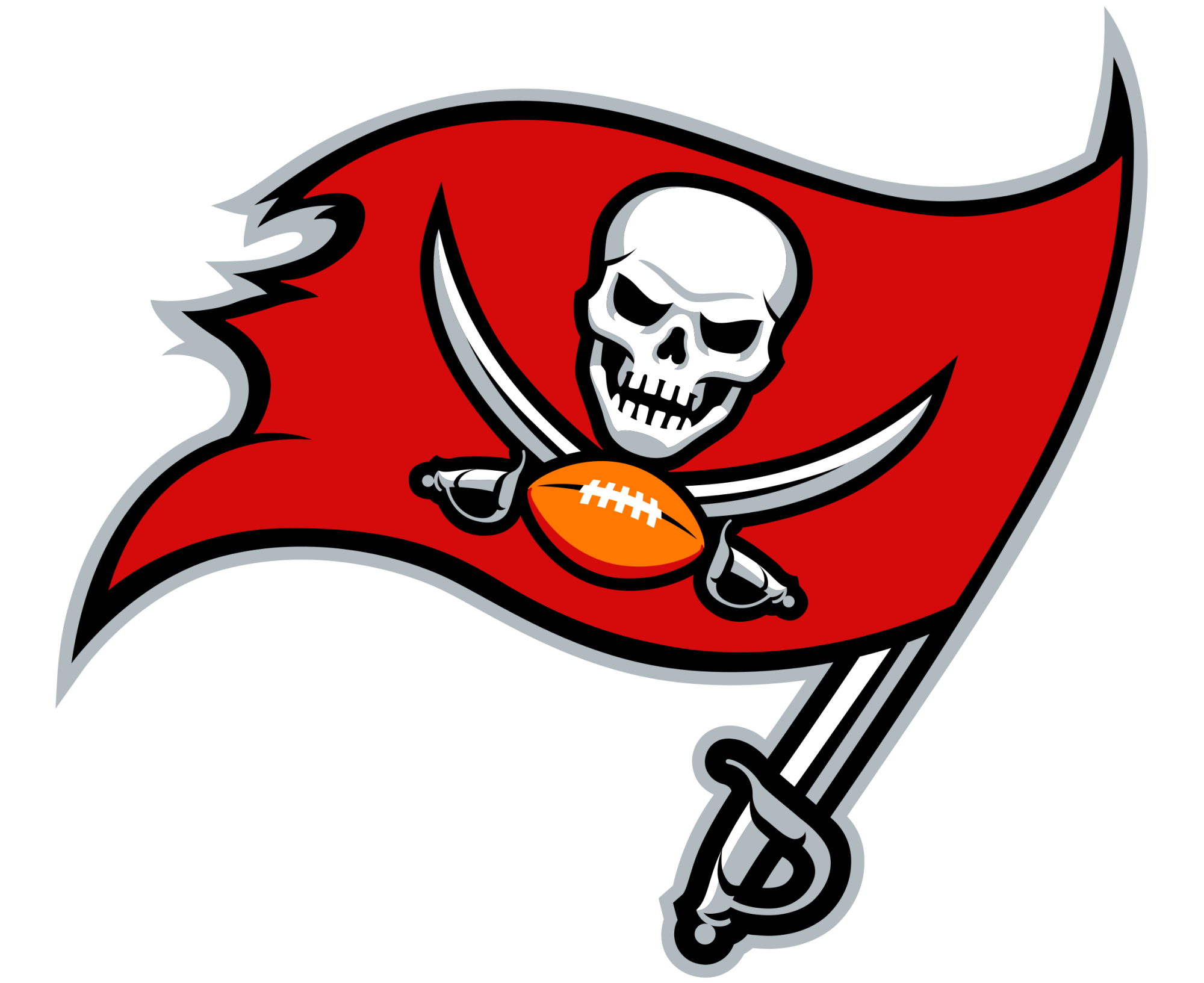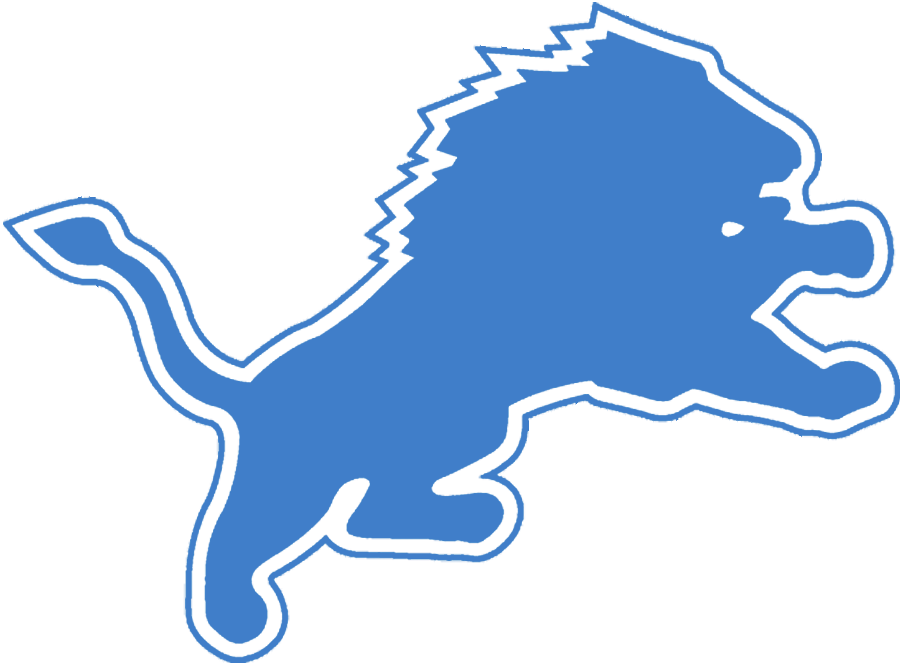Prepare For the NFL To Copy the Detroit Lions’ Run Game

Credit: Junfu Han via Imagn Images
The old cliche is that the NFL is a copycat league. When something works, other teams try to make it their own. Oftentimes, the ability to adapt to league trends is the difference between teams that make the playoffs and the perennial cellar-dwellers.
One changing trend over the last decade has been the blueprint for running backs. Teams shifted to drafting them late, using them up, and replacing them with another back from a lower-tier FBS school, or maybe even your local community college. Even recent Super Bowl winners were doing it with Sony Michel and LeGarrette Blount patrolling the backfield, ending the days when the bell cow, No. 1 back ruled the world.
But these trends might change once again because the Detroit Lions found themselves ahead of the league’s curve. The Lions’ 15-2 season was fueled by plenty of factors, but the biggest may be their approach to the running game, which might well be copied across the NFL this offseason.
The Lions revival on the ground started when Dan Campbell was hired. All the jokes about biting knee caps were dismissed as viral content, but that hard-nosed thesis was the rock on which Campbell built his team. The Lions bulked up their offensive line as soon as Campbell arrived in Detroit, and the next step was to find talent to run behind them.
The Lions had already invested a high draft pick into the position but D’Andre Swift (second round, 2020) wasn’t living up to expectations. In response, they signed David Montgomery to a three-year contract during the 2023 free-agent period, seemingly signaling their choice to lead the backfield. But then the Lions doubled down, selecting Alabama running back Jahmyr Gibbs with the 12th overall pick in the 2023 Draft.
Swift would be traded to the Philadelphia Eagles, but it didn’t stop draft analysts from their heads exploding. Why would you pay Montgomery $6 million per season when you could sign a veteran for $2 million? Why would you draft a running back that high when you could sign a UDFA out of Michigan Tech?
It didn’t take long for the critics to be proven wrong. Detroit ranked fifth in rushing yardage and yards per attempt on the way to the NFC Championship Game in 2023. The following year, the Lions ranked fifth in rushing yards and tied for sixth in yards per attempt while claiming the No. 1 seed in the NFC.
That first year could have been considered a fluke, but last year proved Detroit was on the right track. Running backs sprinted back into the spotlight of the NFL, as Derrick Henry and Saquon Barkley became prime free-agent additions. Aaron Jones found a second act to his career with the Minnesota Vikings. As for teams that didn’t invest in the position, like the Dallas Cowboys, found themselves wishing they had found a better answer than the corpses of Ezekiel Elliott and Dalvin Cook.
This doesn’t mean we’ll see running backs start going in the top five of the draft again (Sorry, Ashton Jeanty). But it might mean we could see more teams try to copy the Lions’ approach.
The most obvious team may be the Chicago Bears, who are coached by Campbell’s former offensive coordinator Ben Johnson. The Bears even have Swift after signing him to a three-year deal last offseason, but they may want a complementary back to handle a heavy workload.
For what it’s worth, Iowa’s Kaleb Johnson has comparable metrics to Montgomery in this year’s draft, and with two high second-round picks, Chicago has the draft capital to take Jeanty at 10th overall and still address premium positions. The Vikings could also be in a position to copy the Lions’ blueprint. If Jones returns, they’ll have their speed back, leaving them on the lookout for a bruising back that can fill the Montgomery role.
When you look around the league, you can spot more teams that could use the strategy. Can the Washington Commanders upgrade over Brian Robinson and Austin Ekeler? Could the Green Bay Packers use someone to help Josh Jacobs? Do the San Francisco 49ers need better insurance for Christian McCaffrey? And could the Carolina Panthers take another swing at finding a secondary back after Jonathon Brooks tore his ACL?
Regardless of what team tries to follow in the Lions’ footsteps, Detroit gets to reap the benefits of setting the trend. Their backfield is in place, and their plan is working brilliantly. Now everyone else is playing catch-up.
Up Next





